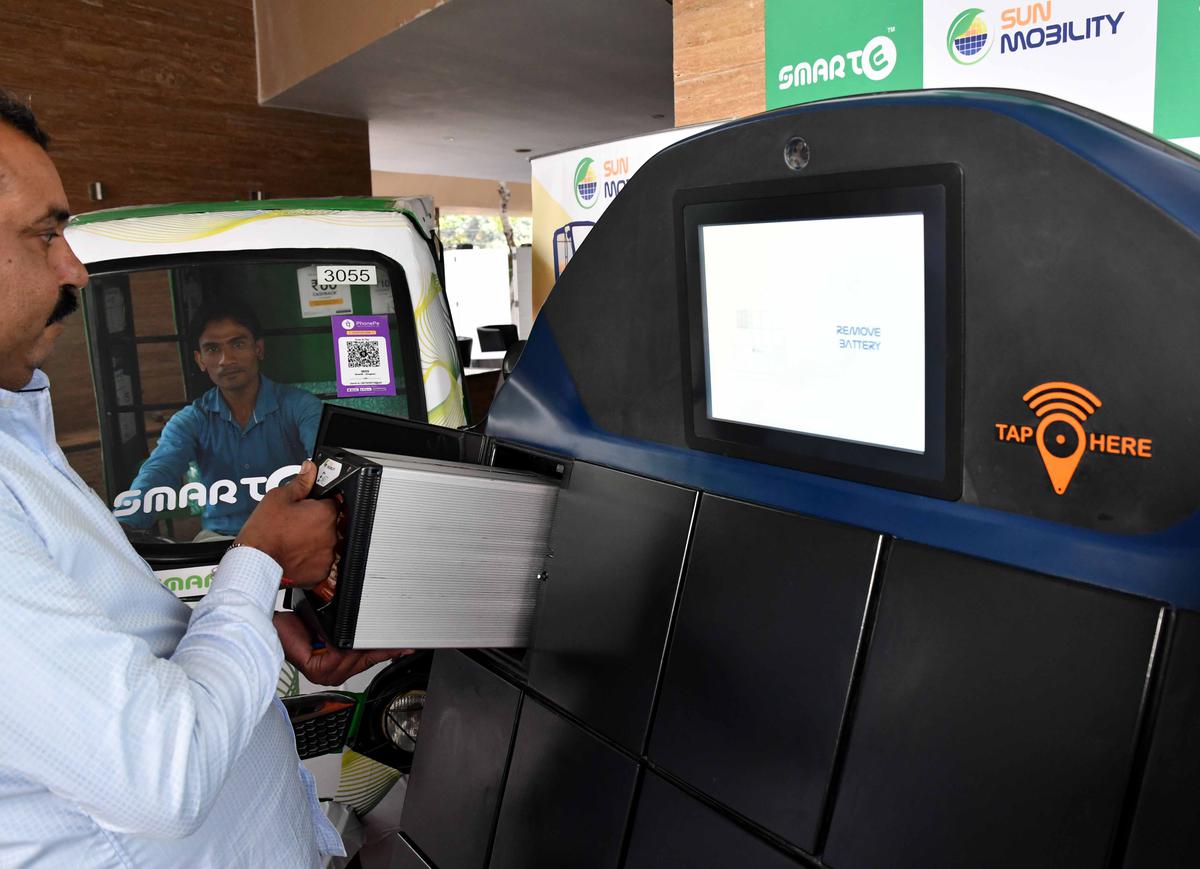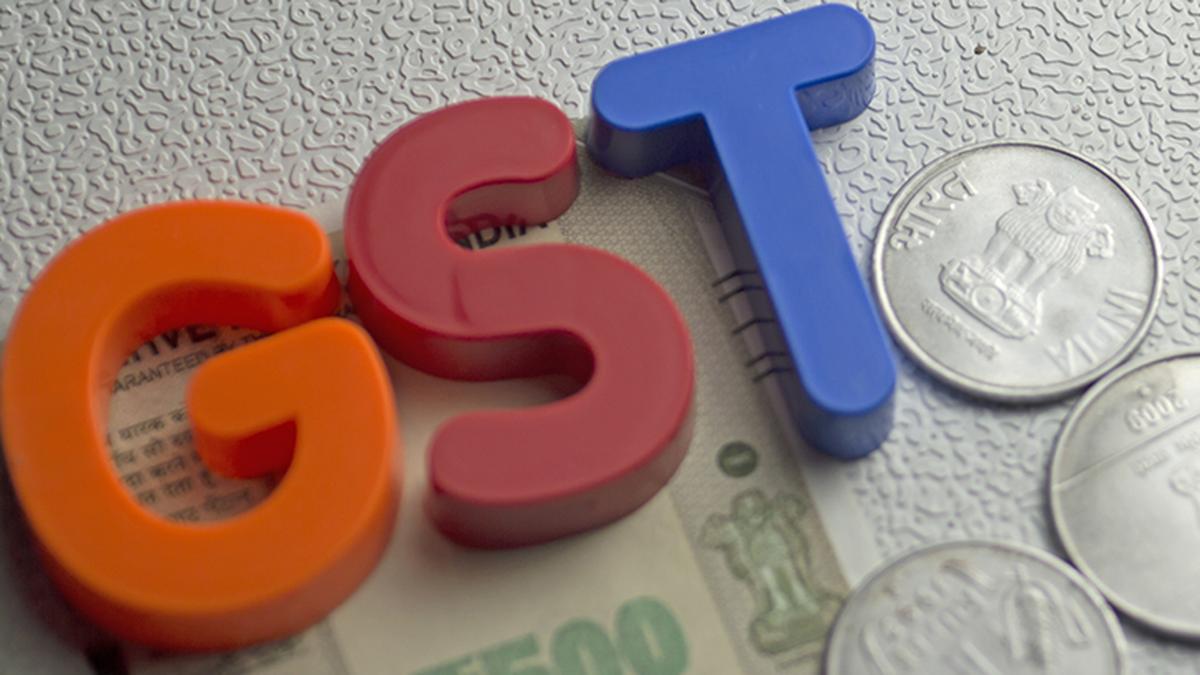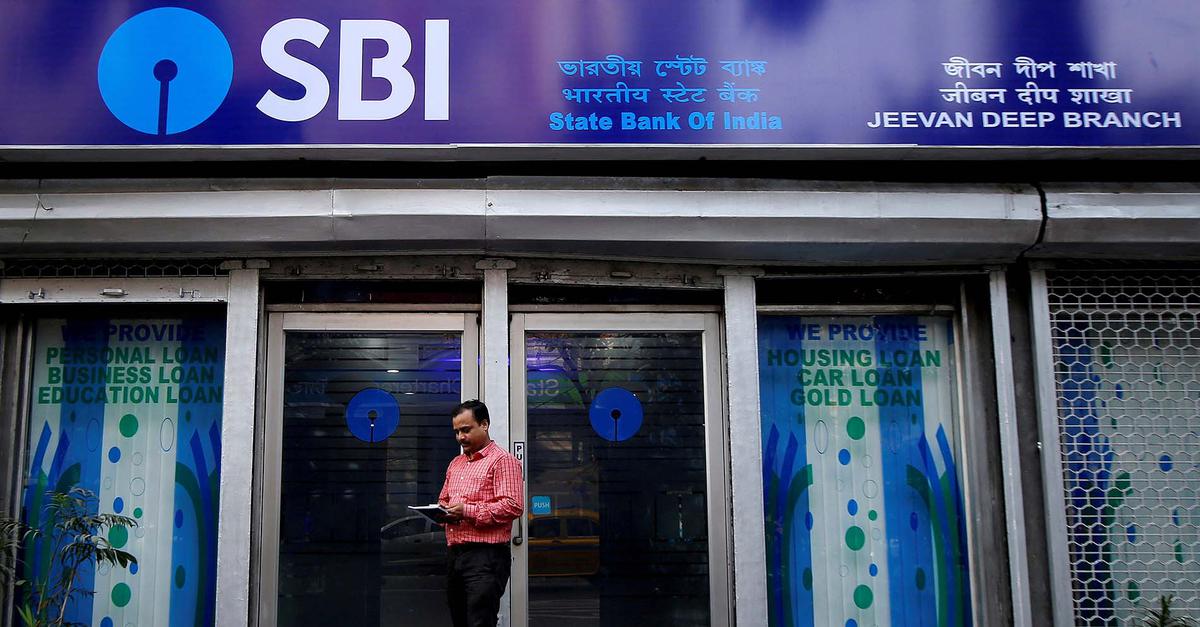The swapping, in its current form, will require a great deal of battery standardisation, which, many in the industry feel may not leave any room for innovation and product differentiation and curb investments in the sector
The swapping, in its current form, will require a great deal of battery standardisation, which, many in the industry feel may not leave any room for innovation and product differentiation and curb investments in the sector
With the government likely to announce the policy on battery swapping in electric two- and three-wheelers, almost six months after the draft was released, the industry is divided over its impact on innovation in the segment.
While battery swapping – wherein discharged vehicle batteries can be instantly exchanged for charged ones, is expected to tackle hurdles such as high vehicle cost, long charging time and range anxiety, some experts feel this can only be leveraged up to a certain limit and is not a complete solution to push adoption of electric vehicles.
The swapping, in its current form, will require a great deal of battery standardisation, which, many in the industry feel may not leave any room for innovation and product differentiation and curb investments in the sector.
“When the policy came there was a huge objection…the policy began discussions on standardisation in batteries that a customer should be able to go to any swapping station, as in case of ATMs,” Sohinder Gill, CEO, Hero Electric, said.
“This means huge standardisation of swapping stations in terms of size, technology and backend as well as huge standardisation in terms of size and chemistry of the battery.”
He added that while the objective of the policy is good, the concerns raised by the industry – such as who takes the blame for a sub-optimal battery brought in at a swapping station and what happens if that battery catches fire – are genuine.
Siddharth Kabra, Co-Founder & CEO at battery swapping solution provider VoltUp said that by decoupling battery from the vehicle, battery swapping reduced the initial investments by EV owners by up to 40%. The solution, he added, is a boon for last-mile delivery agents as it empowers them to drive longer while lowering down their fuel cost drastically. “We need to keep in mind that charging batteries takes a long time. Most of us are still used to going to a fuelling station where refill is instant…Battery swapping takes around a minute and thus eliminates a larger problem of parking space which one of the prerequisites in case of charging.”
According to an industry expert, who did not want to be named, the draft policy lacks clarity on interoperability and accountability issues, and does not incentivise networks using completely green energy. The expert further added that battery dimensional restrictions will create barriers for innovations and differentiation between one product to another.
Mr. Kabra added that the upcoming policy should mandate clear guidelines for strengthening battery and station safety standards, and a complete automated swapping mechanism to avoid uncertainties in product mishandling.
The draft policy, released by Niti Aayog in April this year, recommends roll-out of battery swapping stations (BSS) in a phased manner, prioritising metropolitan cities with population of over 4 million in the first phase. It also states that each BSS should serve at least two EV manufacturers and at least one vehicle segment i.e two wheeler, three wheeler or light commercial vehicles.
Another industry representative added t that companies will push products out without taking on much risk and improving on them, since all is communal. So, it can lead to technological stagnation.
Mr. Gill added that while there may be loss of innovation in certain two-wheeler/three wheeler segments, that would be offset by cost benefit and improvement in battery safety and performance.
“I don’t think swapping is meant as a complete answer for the entire spectrum of vehicles…it is a good answer for entry level two wheelers…In that segment, we don’t really need too much differentiation and innovation,” he said.
According to a study by Invest India and NRI Consulting & Solutions India, battery-swapping business requires the same set of batteries to be widely compatible across multiple vehicles and applications to ensure higher throughput and lower downtime. “The higher the number of compatible vehicles, the greater the demand for Battery Swapping Operator’s (BSO’s) batteries,” it said.
Further, it added that research and innovation will continue to play a key role as the business is expected to experience frequent changes in battery technology such as fast charging, new chemistries, safer batteries, etc. and “being at the forefront of R&D can help BSOs select the right battery technologies for the purpose of their business, otherwise they may face a risk of technological obsolescence.”
The study also noted that the application areas for Battery as a Service (BaaS) will not be limited to only the 2W and the 3W segment. Larger vehicles such as 4W and buses/trucks will also find utility in battery swapping. “In future, the same set of batteries shall be used as a fuel for wide application areas such as for power back-up, micro-grids, water pumps, etc.”
Kshitij Bajaj, co-founder of sustainable mobility start-up Dandera, said that battery swapping can be leveraged very well “to a certain limit. However, it does come with its downfalls”.
Mr. Bajaj pointed out that at present there are too many stakeholders involved at each level – the Niti Aayog, the State Governments, and even the Central Government – which can get a little chaotic. “In terms of the draft right now, I believe that it would be better if they had a single entity that was working across the different levels; handling all policy and implementation matters from the top to the grassroots-level.”
He added that while the draft policy is a good start, it needs a bit of adjustment. “I think we need a longer view because it will be another year by the time we implement all of this and things will change. Right now, the EV industry is evolving very fast and so we need to be mindful about what the scenario is going to be a year from now.”






